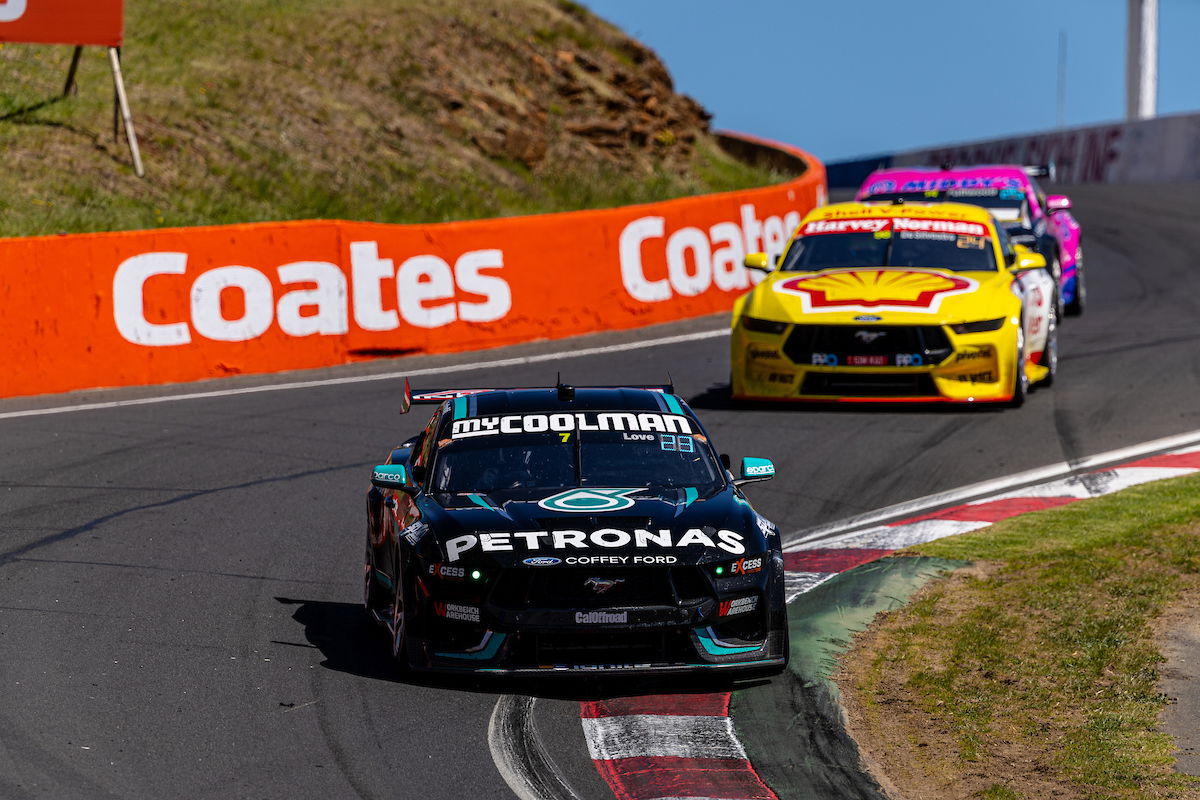
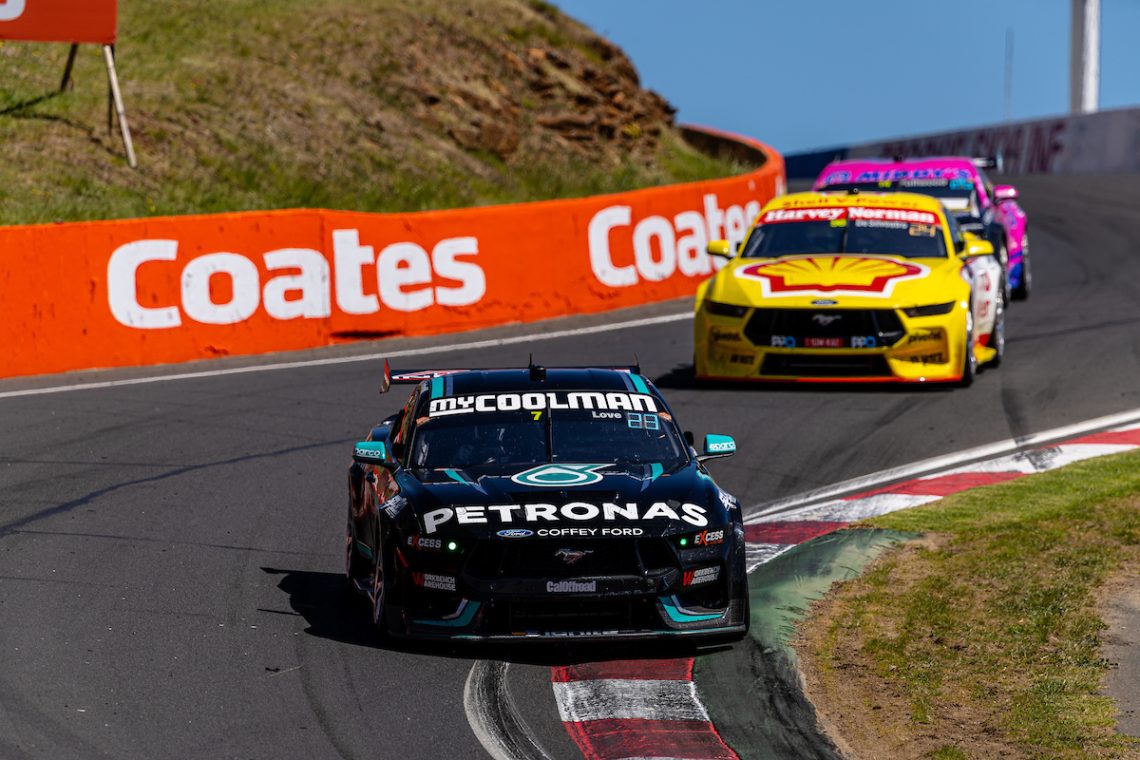
The Supercars entry requirements have been a constant source of controversy in recent years due to restrictions on drivers and their pathway to Australia’s premier category.
As well as the Superlicence points structure, Supercars itself imposed rules that effectively boxed drivers into needing to race in the second-tier Super2 series before being eligible for the main game.
Last year Motorsport Australia looked to distance itself from the requirements, axing the Superlicence endorsement and leaving the wider entry criteria in Supercars’ hands.
That was a short-lived system, though, with MA and Supercars today announcing a complete backflip on both of those points.
The Superlicence will now return with drivers requiring 15 points, earned over the past five years, to be eligible to race in Supercars.
How they reach those points, however, is now not critical to being granted a licence, which means drivers can be eligible without ever racing in Super2.
There is some protection in place for Super2, with the series handed a significant weighting – the top six from any given year earning the required 15 points.
Super3 and Carrera Cup are also favoured in the points table with the top three all earning 12 points.
The champions in TCR Australia and Michelin Sprint Challenge will earn 10 points each, the GT World Challenge Australia champion eight points, while the oddity is the rear-wheel-drive, V8-powered National Trans Am Series, which is only eligible for seven points.
Toyota 86 and Formula Ford, the two most popular entry level categories, are worth six points each to the champion.
Supercars teams will need to apply for the endorsement on behalf of drivers, while it will be a free addition to the FIA Grade C licence for Australian drivers, and $500 extra for internationals (including New Zealanders).
A successful applicant will need to hold that Grade C licence already and be at least 17 years of age.
All of those conditions, including the points tally, can be circumvented by a driver who has either made three Supercars starts in the last five years, or been signed off for competing in six Super2 rounds in the past three years.
There will continue to be a provision for a Superlicence exemption for drivers with significant overseas experience, for example a recognised driver from an international category looking to make an enduro or wildcard start.
That, and other Superlicence-related decisions, will be made by the Superlicence Review Committee, made up of Motorsport Australia’s Director of Motorsport (currently Mike Smith), the Supercars Driving Standards Advisor (Craig Baird), the Supercars GM of Motorsport (Tim Edwards) and the Motorsport Operations Manager (currently Paul Martin, soon to be James Delzoppo).
“This is an important change and one that we think benefits the sport across the country,” said MA CEO Sunil Vohra.
“It was clear the previous structure was no longer working as intended and there was a need for change. Working in close partnership with Supercars, the team at Motorsport Australia has built a new licence structure to give drivers more options and potential pathways to earn points.
“It’s important Super2 and Super3 remain the primary pathway to develop the next generation of stars, but now this is not the only way. This new Superlicence structure is an important step in strengthening national level motorsport and providing opportunities for the stars of the future to showcase their talent in our premier category, the Repco Supercars Championship.”
Supercars CEO Shane Howard added: “We support Motorsport Australia’s decision to prioritise the growth and development of young talents within the motorsport community.
“It is essential for the future of our sport that we provide a clear and accessible pathway for emerging drivers to make their mark on the Repco Supercars Championship.
“It’s pleasing to see that the Dunlop Super2 and Dunlop Super3 Series will continue to be key components of the pathway.
“These series have proven to be instrumental in shaping the careers of many drivers who now compete at the highest level in Australasia. 22 out of the current 24 Championship drivers honed their skills and talents through these series. This reaffirms our belief in the importance of a structured pathway that prepares drivers for the Repco Supercars Championship.”
Full Supercars Superlicence points table
| Category | Points | |||||||||
| 1st | 2nd | 3rd | 4th | 5th | 6th | 7th | 8th | 9th | 10th | |
| Super2 | 15 | 15 | 15 | 15 | 15 | 15 | 10 | 7 | 5 | 3 |
| Super3 | 12 | 12 | 12 | 12 | 10 | 8 | 6 | 4 | 2 | 1 |
| Porsche Carrera Cup | 12 | 12 | 12 | 10 | 8 | 6 | 4 | 2 | 1 | 1 |
| TCR Australia Series | 10 | 8 | 6 | 4 | 3 | 2 | 1 | 0 | 0 | 0 |
| GT Championship | 8 | 6 | 4 | 3 | 2 | 1 | 0 | 0 | 0 | 0 |
| Trans Am Series (ARG) | 7 | 5 | 3 | 1 | 0 | 0 | 0 | 0 | 0 | 0 |
| Formula 4 Championship | 7 | 5 | 3 | 1 | 0 | 0 | 0 | 0 | 0 | 0 |
| Toyota Racing Series (NZ) | 7 | 5 | 3 | 1 | 0 | 0 | 0 | 0 | 0 | 0 |
| S5000 Championship | 6 | 4 | 3 | 2 | 1 | 0 | 0 | 0 | 0 | 0 |
| GT4 Series | 6 | 4 | 3 | 2 | 1 | 0 | 0 | 0 | 0 | 0 |
| Toyota 86 Racing Series | 6 | 4 | 3 | 2 | 1 | 0 | 0 | 0 | 0 | 0 |
| National Formula Ford Series | 6 | 4 | 3 | 2 | 1 | 0 | 0 | 0 | 0 | 0 |
| Super Ute Series | 6 | 4 | 3 | 2 | 1 | 0 | 0 | 0 | 0 | 0 |
| NZ Toyota 86 Series | 5 | 3 | 1 | 0 | 0 | 0 | 0 | 0 | 0 | 0 |
| NZ Formula Ford Championship | 5 | 3 | 1 | 0 | 0 | 0 | 0 | 0 | 0 | 0 |
| State Formula Ford Championship | 5 | 3 | 1 | 0 | 0 | 0 | 0 | 0 | 0 | 0 |
| Production Car Series | 5 | 3 | 1 | 0 | 0 | 0 | 0 | 0 | 0 | 0 |
| Touring Car Masters | 5 | 3 | 1 | 0 | 0 | 0 | 0 | 0 | 0 | 0 |
| Aussie Racing Car Series | 5 | 3 | 1 | 0 | 0 | 0 | 0 | 0 | 0 | 0 |
| Radical Cup | 5 | 3 | 1 | 0 | 0 | 0 | 0 | 0 | 0 | 0 |
| Prototype Series | 5 | 3 | 1 | 0 | 0 | 0 | 0 | 0 | 0 | 0 |
| Sports Sedan Series | 5 | 3 | 1 | 0 | 0 | 0 | 0 | 0 | 0 | 0 |
| Karting Championship (KZ2, KA1) | 3 | 2 | 1 | 0 | 0 | 0 | 0 | 0 | 0 | 0 |


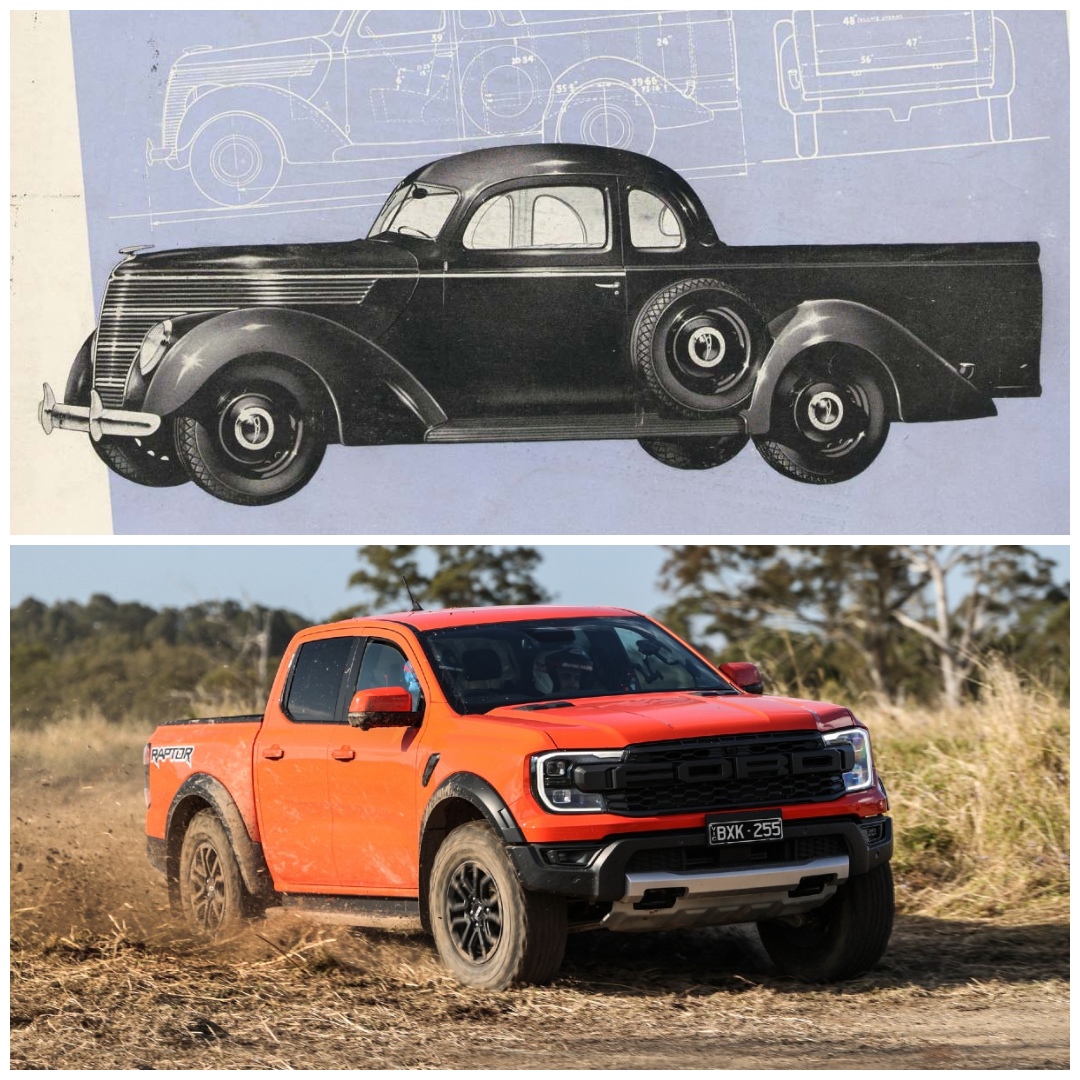
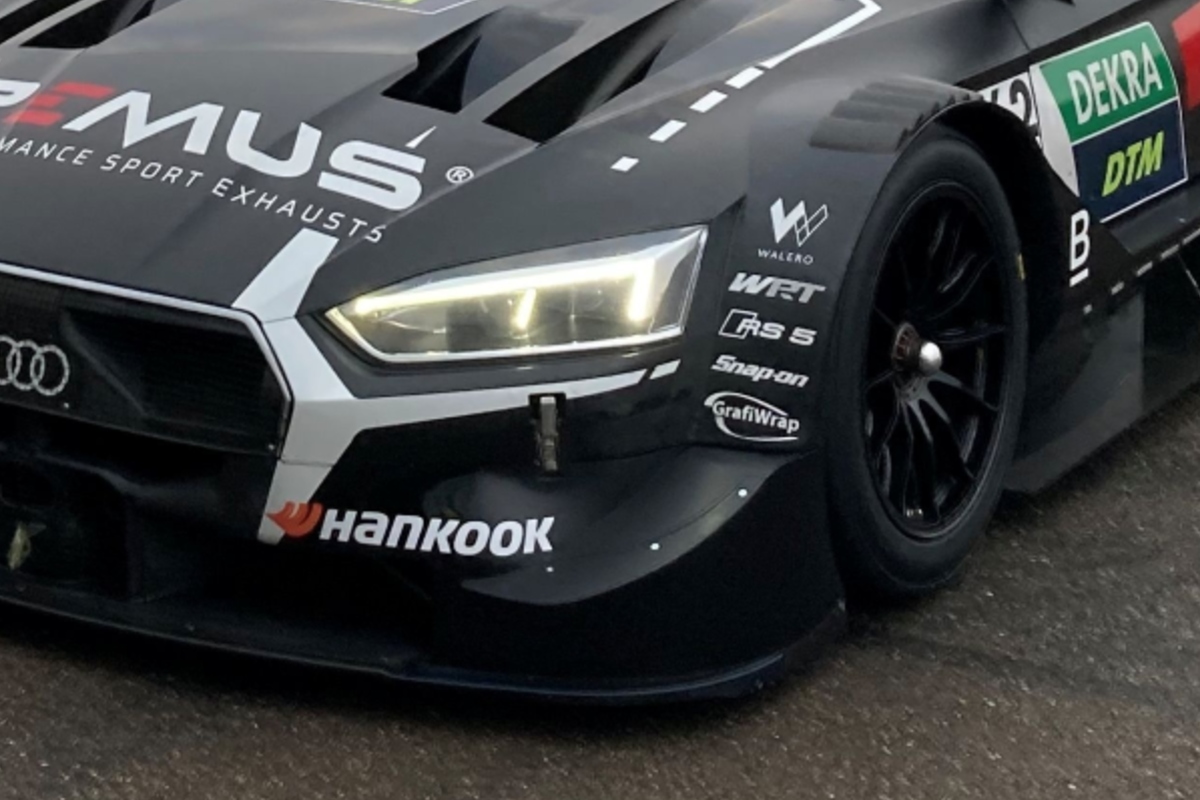
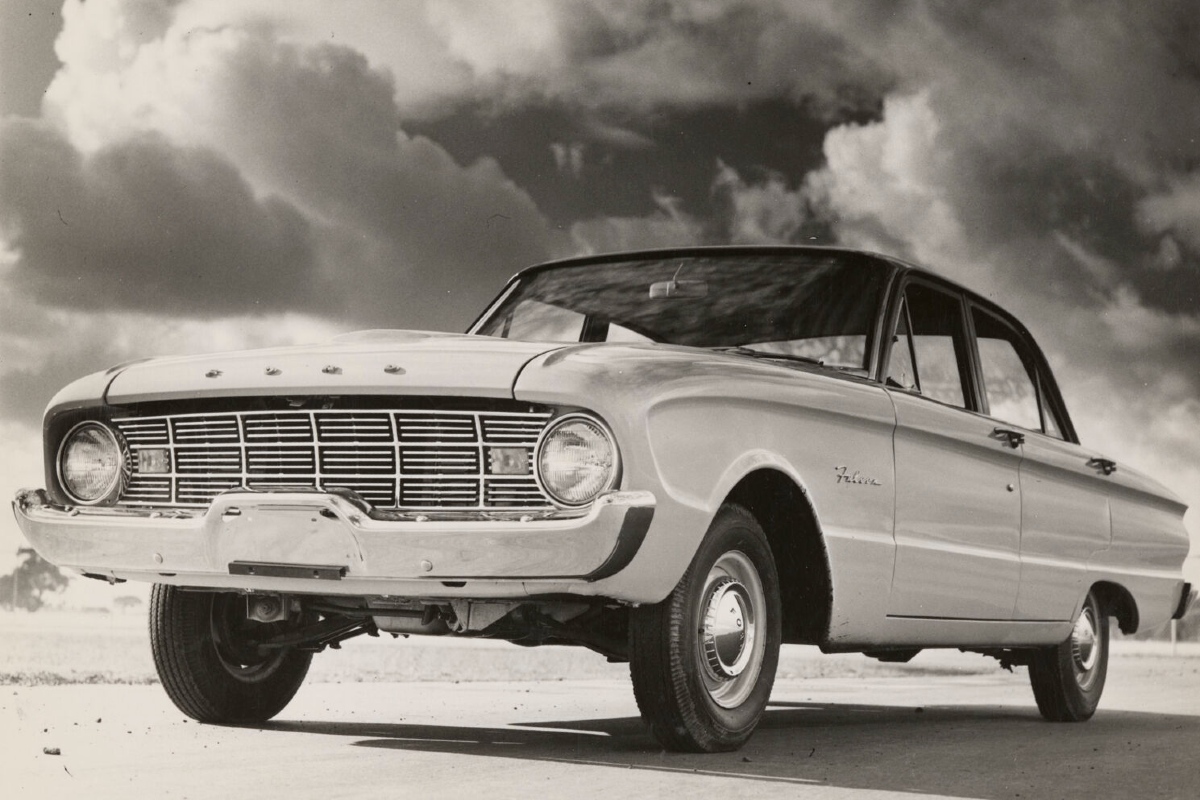


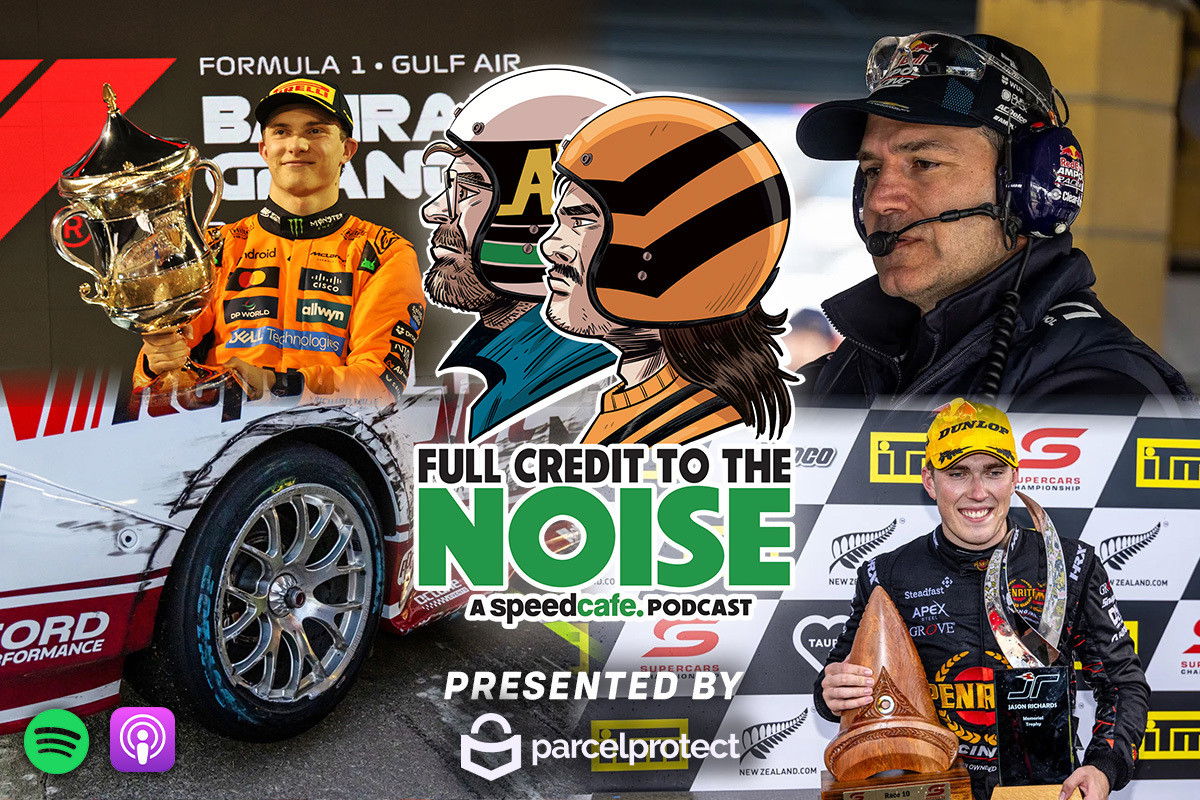

















Discussion about this post